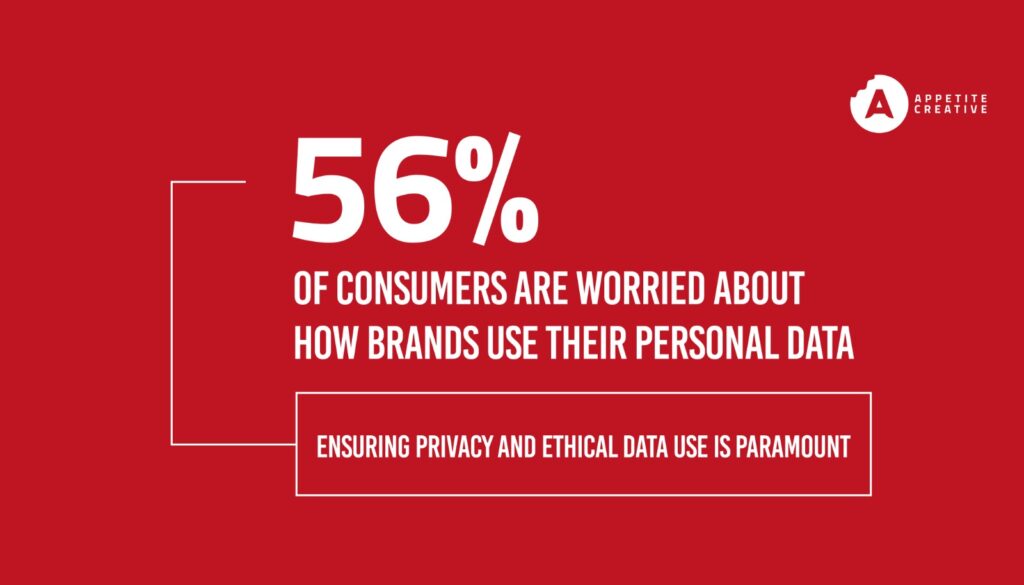The fashion industry, always a bellwether for cultural and technological shifts, has recently leaned into a new trend: data-driven personalisation. With advancements in AI and machine learning, brands are uniquely positioning themselves to cater to individual preferences like never before.
1. The Age of the Individual: Understanding Data-Driven Personalisation
At its core, data-driven personalisation is the practice of tailoring products, experiences, and marketing messages to individual consumers based on data. This ranges from purchase history to online behaviour, enabling a more customised shopping experience.
2. Why is Personalisation Important in Fashion?
- Enhanced Customer Experience: 78% of consumers say that personally relevant content from brands increases their purchase intent. This shows that people appreciate when brands understand their tastes and preferences.
- Increased Loyalty and Retention: Personalised experiences foster loyalty. Research suggests that 44% of consumers are likely to return to a brand that remembers their preferences.
3. The Role of Technology
- AI and Machine Learning: AI systems analyse vast amounts of data to predict what consumers might want next. For example, platforms like Stitch Fix use algorithms to send personalised clothing recommendations to their subscribers.
- Virtual Fitting Rooms: AR technology allows users to ‘try on’ clothes virtually, ensuring the right fit and style before making a purchase.
4. The Challenges of Data-Driven Personalisation
While the advantages are numerous, there are also challenges:
- Data Privacy Concerns: 56% of consumers are worried about how brands use their personal data. Ensuring privacy and ethical data use is paramount.
- Risk of Stereotyping: Over-reliance on data can sometimes lead to narrow or stereotypical suggestions, potentially alienating customers.

5. Connected Packaging: The New Frontier in Personalised Fashion
Connected Packaging refers to the use of QR codes, NFC tags, and smart labels on fashion items, allowing consumers to interact with products through their smartphones. This can provide:
- Enhanced Product Information: From sustainable sourcing details to care instructions.
- Tailored Recommendations: Based on purchase history, brands can suggest complementary items.
- Direct Connection with Brands: Offering exclusive content, loyalty rewards, or interactive experiences, making the shopping journey more engaging.
6. The Future of Fashion Personalisation
The next frontier seems to be a blend of high tech and high touch. Imagine walking into a store where AR mirrors suggest outfits based on your online browsing history, or an AI-powered chatbot serves as your personal stylist. As data collection methods become more sophisticated, the sky’s the limit for the world of bespoke fashion experiences.
In Conclusion
The rise of data-driven personalisation in the fashion industry is more than just a trend—it’s a paradigm shift. Brands that embrace this evolution stand to gain loyal customers and a significant competitive edge. However, they must also tread carefully, balancing personalisation with privacy, ensuring that the individual remains at the heart of the experience.
Visit Appetite Creative’s Blog for more of such content!
